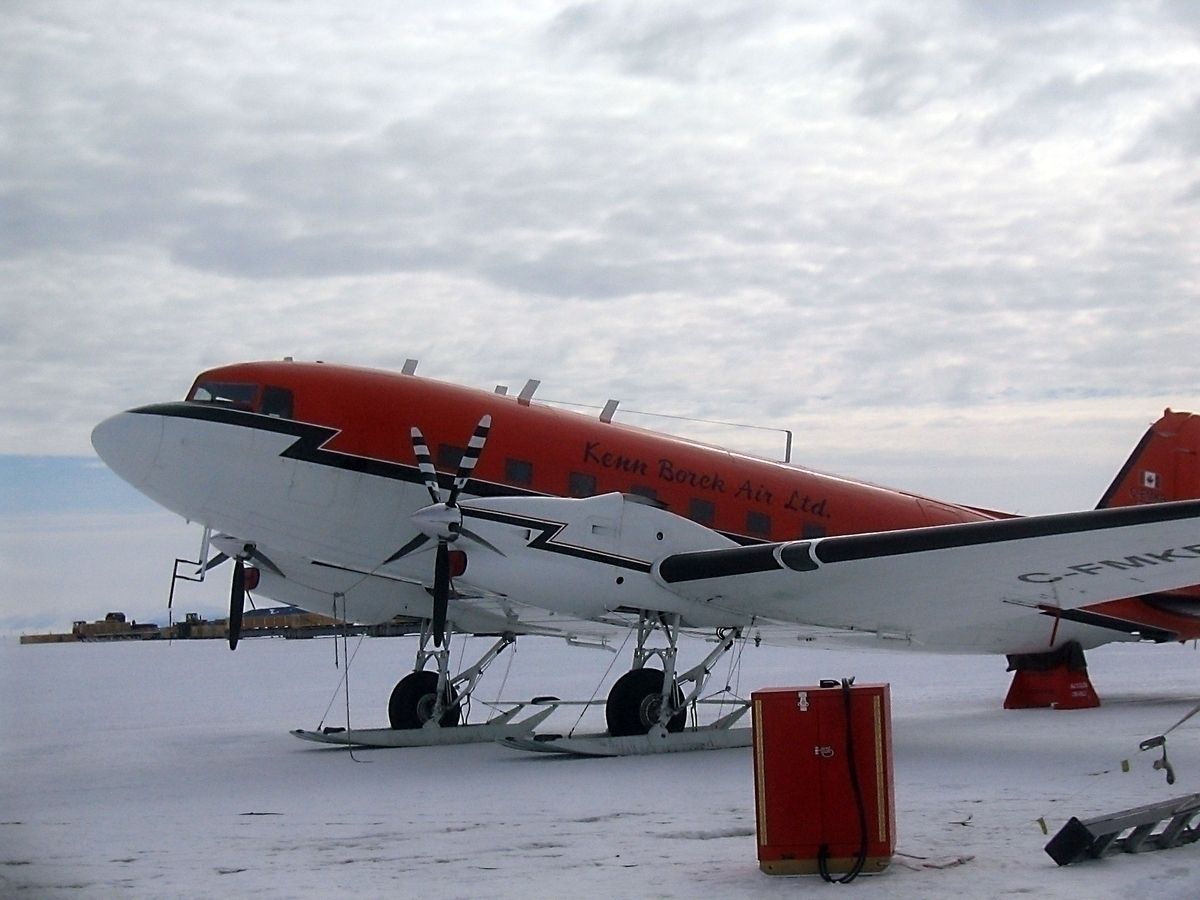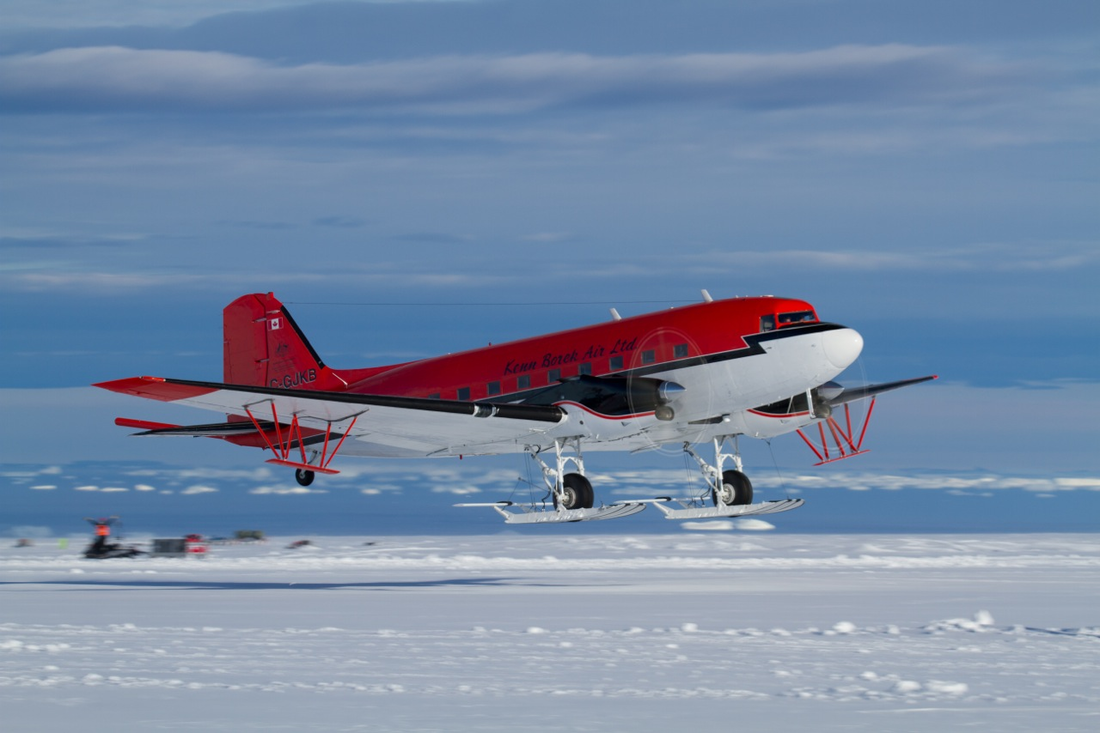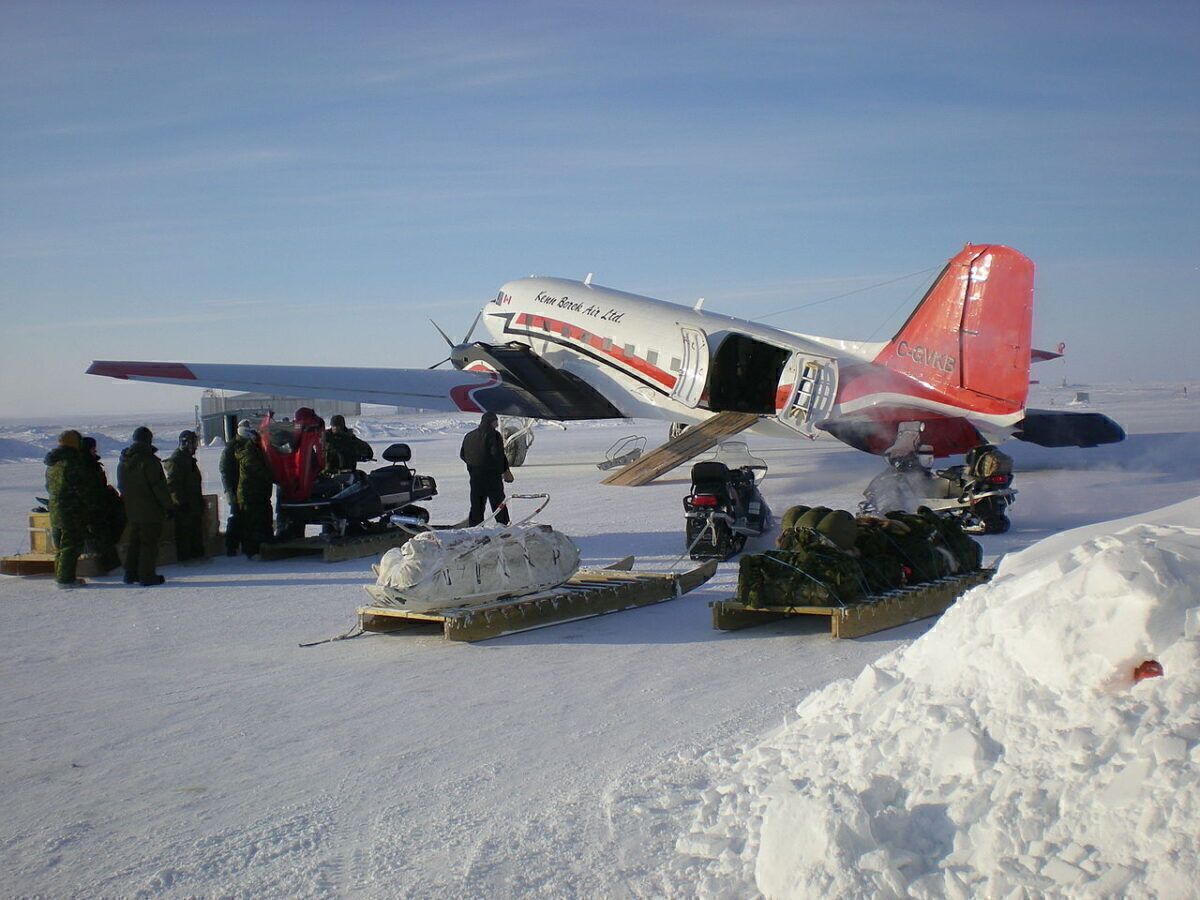Located at the bottom of the world, Antarctica is the Earth's fifth-largest continent and the coldest place on earth. With it being so inhospitable for human habitation, it is hard to believe that a landmass permanently covered in ice actually has any need for a domestic flight. Still, it does, and here is why!
With two distinct seasons, Antarctica spends the southern hemisphere winter in darkness and the southern hemisphere summer with constant daylight. This is because the south pole tilts towards the sun during the summer and away from it during the winter. Thus, scientific research teams only work on Antarctica during the summer season leaving just a skeleton crew to maintain the research stations during the winter.
Passengers prepare well in advance
Because of its harsh environment and the difficulty of getting to Antarctica, scientists and other workers must prepare for the adventure well in advance. One such group is the Brussels, Belgium-based International Polar Foundation (IPF) who operates the Princess Elisabeth Antarctica Research Station (PEARS) located on Utsteinen Nunatak in Queen Maud Land.
Claimed as a dependent territory by Norway, Queen Maud Land has a glacial blue ice runway that supports domestic flights from other ice stations on Antarctica. Most people arriving in Antarctica get there on a Russian-built Ilyushin 76 TD-90 operated by the Antarctic Logistics Center International (ALCI). During the austral summer, ALCI operates an air-bridge between Cape Town International Airport (CPT) in South Africa and Novolazarevskaya (Novo) Air Base in Antarctica. The fight time between Cape Town and Novo is around six hours.
Stay informed: Sign up for our daily and weekly aviation news digests!
Weather determines domestic flights
Once at the Russian airbase, people heading to the Princess Elisabeth Antarctica Research Station must take a domestic one-hour flight aboard a Basler BT-67. Because Troll Airfield near PEARS does not have an Instrument landing System (ILS), visual flight rules (VFR) apply. This means that if the weather is not perfect, you may end up spending a day or two at the Russian airbase. The majority of feeder flights are operated by Calgary-based Kenn Borek Air.
While you may have never have heard of the Basler BT-67, you will certainly recognize it as it looks remarkably similar to a Douglas DC-3. Built by Basler Turbo Conversions of Oshkosh, Wisconsin, the Basler BT-67 is a remanufactured and modified Douglas DC-3 utility aircraft.
The Basler BT-67
Capable of carrying 18 passengers, the Basler BT-67s used in Antarctica are equipped with skis and flown by a crew of two pilots. A truly remarkable aircraft in all senses of the word, the BT-67 not only boasts the world's most recognizable airframe but can operate in any environment. From Borneo's jungles to the Sahara Desert and Antarctica's frigid temperatures, the Basler BT-67 is up for the job.
When constructed, the BT-67 is like getting a modern version of the DC-3 fitted with world-class Pratt & Whitney Canada PT6A-67R engines and Hartzell propellers. Now ready for any purpose, the BT-67 is a highly versatile and, most importantly, reliable STOL aircraft.
Having spoken with my brother, who spent a season at the Halley VI research station with the British Antarctic Survey (BAS), I know how important the BT-67 and the Twin Otter are for life in Antarctica.
Have you ever made the flight from Novo to Troll? If so, we would love to hear about it in the comments.



